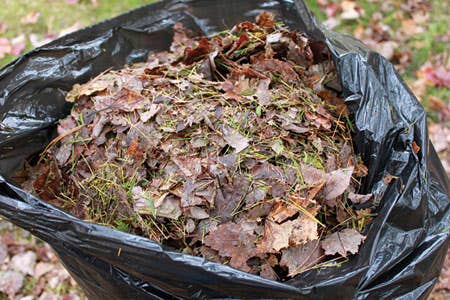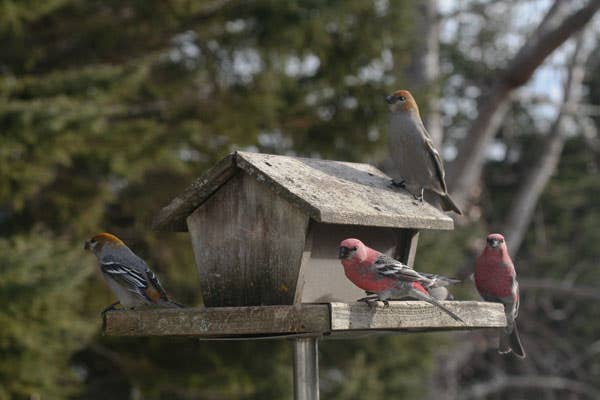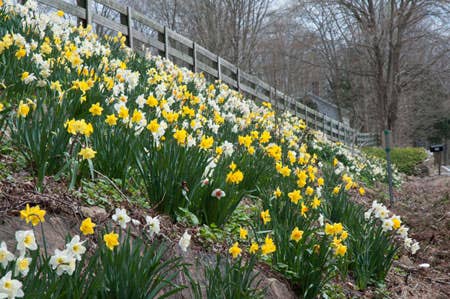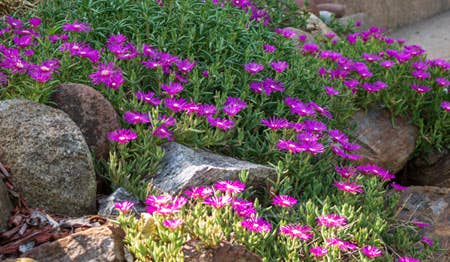Fall Webworm
This native insect found throughout North America feeds on at least 88 species of deciduous trees, from apple to willow.
NAME: Fall Webworm (Hyphantria cunea).
BIOLOGY: This native insect found throughout North America feeds on at least 88 species of deciduous trees, from apple to willow. The overwintering adult, a dark-spotted white moth, lays a cluster of several hundred eggs on the underside of a tree leaf, covering it with a woolly layer of scales. Upon hatching, the yellow to green larvae cluster at the ends of branches, where they begin feeding and spinning a silken enclosure to protect themselves.
Unlike the eastern tent caterpillar, which forms webs in the crotches of branches earlier in the year, fall webworms do not leave their web enclosures to feed. After six weeks of feeding, the caterpillars pupate under bark or on the ground. Although there is only one generation a year in the north, there are two or more in the south, with the earlier populations typically being smaller.
SYMPTOMS: The large web nests are the most conspicuous sign of webworm activity—found in mid- to late summer. Inside the translucent enclosures, the caterpillars skeletonize leaves. Only the larger veins and midribs are left uneaten.
CONTROLS: In most years, natural predators and parasitoids help to keep the population of fall webworms in check. Nests that are easy to reach can be pruned off or torn apart with a stick and the caterpillars dislodged with a strong stream of water. Insecticides are difficult to apply, since the web protects the caterpillars from sprays. The bacterial insecticide Bt can be used if applied in mid-summer when the caterpillars and nests are small, and if it is sprayed onto leaves next to the nest, where the caterpillars will soon feed.
The simplest course of action, however, is to do nothing in the confidence that fall webworms are a cosmetic matter. As dramatic as their nests are in appearance, fall webworms aren't really doing trees much harm.







